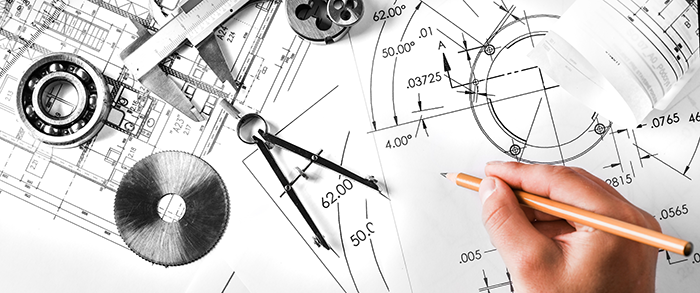Do you ever think: “There has to be a better way!” Then engineering is for you! Engineering is for anyone with a passion for problem solving.
This course actively introduces you to skills and tools that engineers use to solve problems while teaching you to think like an engineer. You will learn to identify opportunities, imagine new solutions to problems, model your creations, make data-driven decisions, build prototypes, and showcase your ideas that will impact the world.
Taught by engineering professors and highlighting industry engineers in action, this course will equip you, as an engineer-in-training, with the skills necessary to compete in today’s world of innovation.
What you’ll learn
- Evaluate the quality of your own work and the work of others through self and peer assessment.
- Apply the steps of the engineering design process based on the analysis of customer needs to design, build, and test a physical prototype.
- Apply customer focused design and the Entrepreneurial Mindset to create and evaluate design prototypes that will solve problems.
- Use and select appropriate tools and technical skills to collect and analyze data from a variety of sources, to describe and predict the behavior of designs, and to justify design decisions based on appropriate models.
- Write technical project reports and give oral/multimedia presentations about their designs, which includes addressing how the design adds value from multiple perspectives (technological, societal, financial, environmental, etc.)
- Apply project management skills to create and implement project plans and maintain and evaluate schedules and budgets for an engineering design.
- Be able to identify your motivations, strengths, and contributions within the field of engineering and critique your own skills and understanding through self-reflection.
- Develop algorithms to solve problems.
- Demonstrate effective troubleshooting, testing, and debugging of programs.
- Describe and apply variables, basic and composite data types, and collections to the development of programs.
- Develop programs using fundamental structures of sequence, selection, and iteration.
- Write functions that accept parameters and return results.
- Implement object-oriented programs.
- Describe the importance and relevance of computing and programming skills in our lives and careers.
What to expect in class
Video lectures, readings, projects, interactive exercises, discussions, live meetings with the instructor, ePortfolio, and a final exam.
Exams and grading
- 60% - Projects (4)
- 25% - ePortfolio
- 5% - Content Mastery (14)
- 10% - Final Exam

